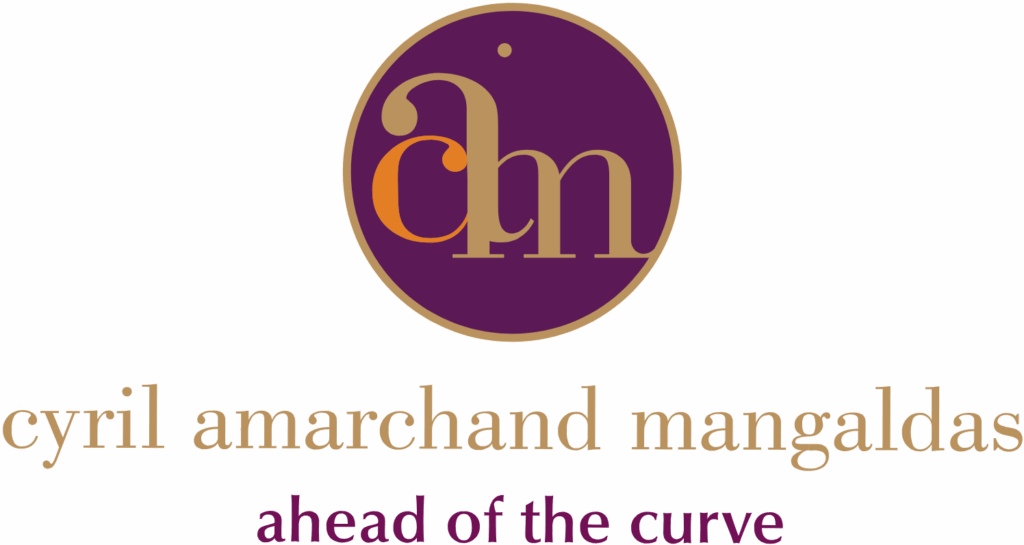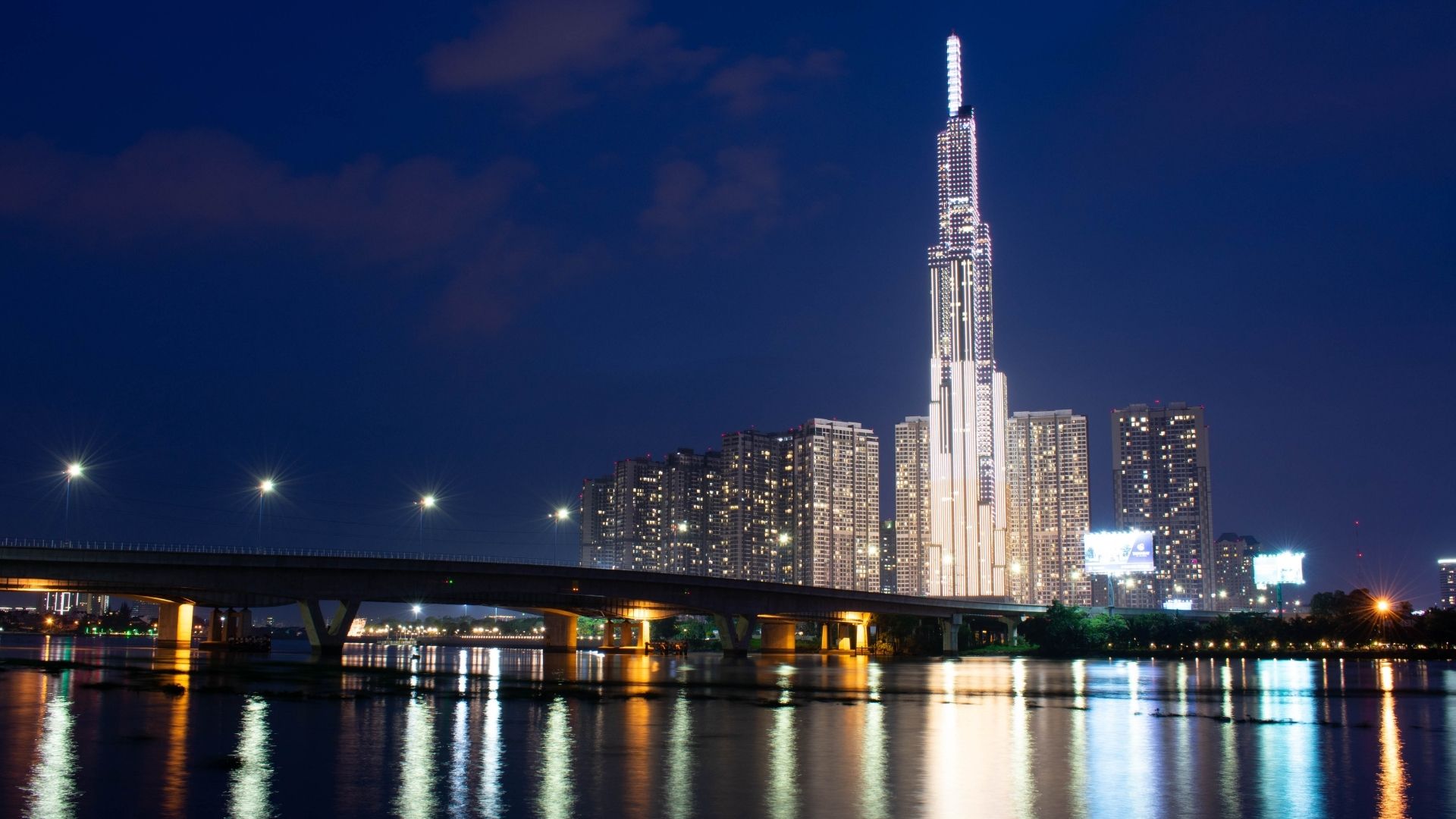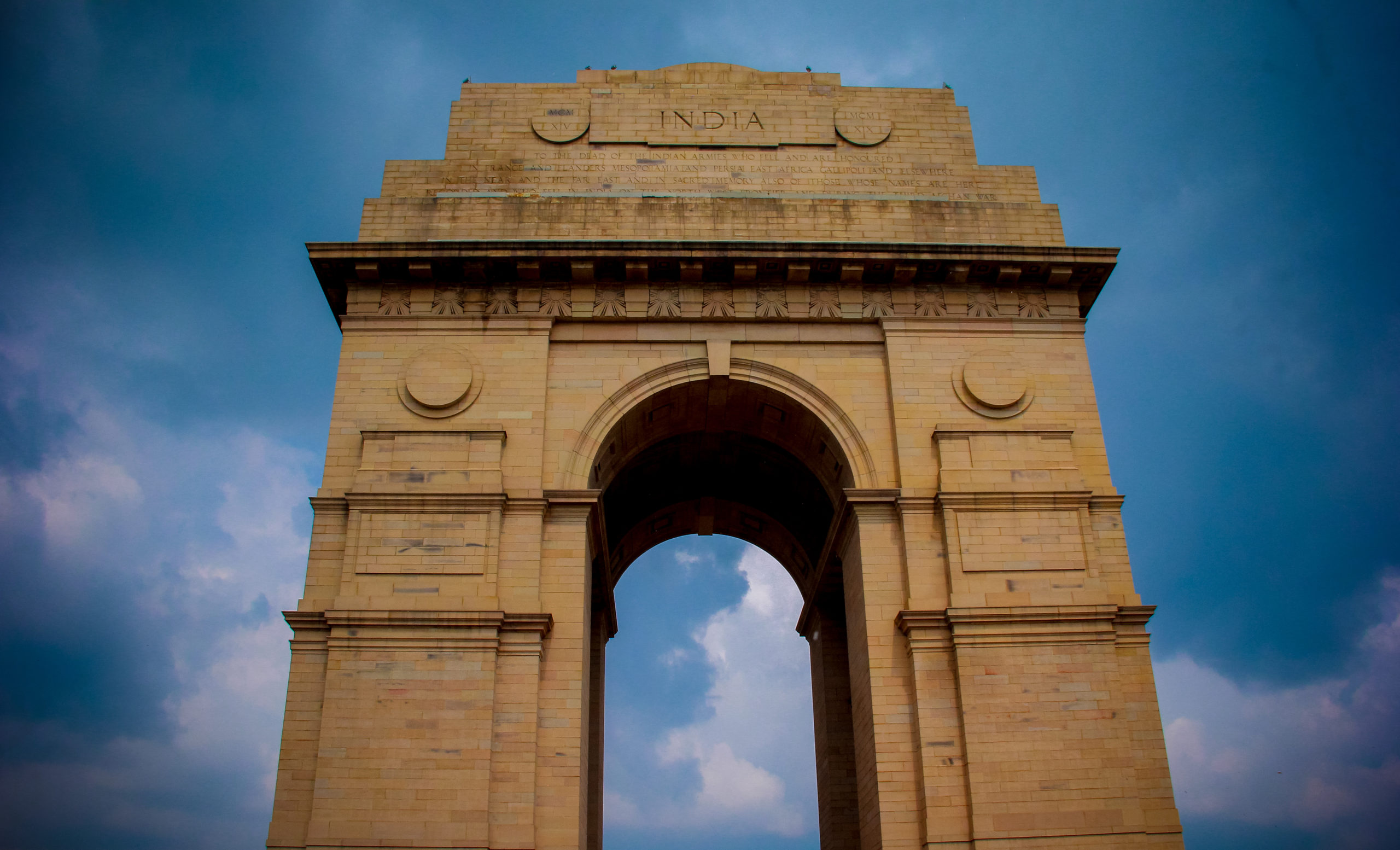Summary: This blog post examines TDSAT’s significant July 2025 ruling that ended a decade-long dispute over aeronautical tariff determination principles for Mumbai and Delhi International Airports. The decision mandated the use of Single Till mechanism and required back-solving the Target Revenue Formula to calculate the Hypothetical Regulatory Asset Base, overturning AERA’s previous approach.
Introduction
In a significant order issued on July 1, 2025, the Hon’ble Telecom Disputes Settlement and Appellate Tribunal (“TDSAT”) resolved a decade-long dispute over the principles for determination of aeronautical tariff in respect of Mumbai International Airport Limited (“MIAL”) and Delhi International Airport Limited (“DIAL”) (together “Airport Operators”).[1]
TDSAT was presented with two key issues for determination:
- how to estimate the value of airport assets (called the Hypothetical Regulatory Asset Base) (“HRAB”) for the first control period (i.e. April 01, 2009 – March 31, 2014) (“First Control Period”); and
- whether both aeronautical and non-aeronautical revenues should be considered together for calculating aeronautical charges, commonly known as a ‘Single-Till’ mechanism.
Even though the recent pronouncement is with respect to tariff determination for the First Control Period, it will have a cascading effect on tariffs in subsequent control periods as well.
Background
Tariffs are fixed for a five-year control period through tariff orders. The Airports Economic Regulatory Authority of India (“AERA”), a statutory body instituted under the Airports Economic Regulatory Authority of India Act, 2008 (“AERA Act”), regulates the determination of aeronautical tariff[2]. To crystallise tariffs, all stakeholders submit a Multi-Year Tariff Proposal (“MYTP”) for each control period, though the AERA is not bound to accept it.
The present order pertains to the period when the jurisdiction for economic regulation of airports shifted from the Ministry of Civil Aviation (“MoCA”) to AERA. The order, therefore, provides an interesting analysis – not only regarding the methodology for computing aeronautical tariff during the First Control Period, but also clarifying which authority has jurisdiction to determine how tariff is to be computed for the First Control Period.
Litigation History
- Chhatrapati Shivaji Maharaj International Airport, Mumbai, and Indira Gandhi International Airport, Delhi, were privatised in 2006. For this purpose, each Airport Operator executed an Operation, Management and Development Agreement with the Airports Authority of India (“AAI”). A State Support Agreement (“SSA”) was, thereafter, executed between the Government of India and each of the Airport Operator. Since the privatisation of these airports pre-dated the setting up of the AERA, the SSA laid out the principles and procedure for aeronautical tariff determination.
- In 2011, MIAL and DIAL each submitted a MYTP for determining aeronautical tariff for the First Control Period. AERA in response issued a consultation paper in October 2012 and subsequently passed tariff orders for both MIAL and DIAL (“Tariff Orders”). The MYTP submitted by MIAL and DIAL determined the HRAB (and accordingly the aeronautical tariff) basis Schedule-I of the SSA. However, the Tariff Orders rejected the Airport Operators’ contentions relating to the calculation of HRAB, and accordingly the manner of calculating aeronautical tariff.
- Aggrieved by the Tariff Orders, both MIAL and DIAL preferred appeals before TDSAT, challenging the Tariff Orders that were dismissed by TDSAT in 2018. Thereafter, both MIAL and DIAL preferred civil appeals before the Hon’ble Supreme Court of India, which were also disposed.
- Finally, MIAL and DIAL preferred miscellaneous applications before the Hon’ble Supreme Court of India on December 04, 2023. The Hon’ble Supreme Court of India remanded the matter for reconsideration, specifically directing TDSAT to; (a) provide correct interpretation of Schedule-I of the SSA, (b) evaluate MoCA’s role in determining tariff for the First Control Period; and (c) analyse whether the ‘Single Till’ mechanism was applicable to HRAB computation.
What is HRAB?
HRAB is a notional figure used to initialise the regulatory base (RB0). Regulatory base means the assets that are required to earn revenue.[3] The object of calculation of HRAB was to determine regulatory base for the year immediately before the First Control Period (FY 2008-09) (“Impugned Year”). Prior to the First Control Period, the actual investment data is believed to be lacking or unreliable (which was indeed the case when the Authority had a common book of assets rather than separate books of assets for each airport in India).
The calculation of RB0 impacts the calculation of RB1 and for successive years as well, consequently affecting the computation of tariff.
How AERA determined HRAB:
The Tariff Orders issued by the AERA for the First Control Period relied solely on the components of HRAB, as per the definition of regulatory base[4] provided under Schedule-I of the SSA to compute HRAB. Consequently, HRAB was computed using the (i) then prevailing tariff and revenue, (ii) operation and maintenance expenditure and (iii) corporate tax pertaining to aeronautical services during the financial year preceding the date of such computation (FY 2008-09). AERA also stated that only aeronautical revenues must be taken into consideration to compute HRAB.
How MIAL determined HRAB
MIAL in the MYTP specified that computation of HRAB must occur by back-solving the target revenue formula.
Schedule-I of the SSA lays down the formula for calculating aeronautical tariff basis the “Inflation-minus-X” model (“Target Revenue Formula”)[5]. MIAL suggested to back-solve this formula to compute HRAB as follows:
TR= RB x WACC+OM+D+T-S
RB= (TR+S-OM-D-T)/WACC
Additionally, MIAL was of the view that both aeronautical and non-aeronautical revenues must be considered to compute HRAB (“Single Till”).
Issues raised
The TDSAT had to determine whether the methodology adopted by AERA to calculate HRAB (and accordingly aeronautical tariff) was correct and which authority’s guidance (AERA or MoCA) should take precedence in computing HRAB for the First Control Period.
TDSAT’s view
TDSAT held that to arrive at the HRAB, it was necessary to back-solve the Target Revenue Formula. In doing so, TDSAT held that AERA must adopt Single Till to calculate tariff in the First Control Period, thus overturning AERA’s Tariff Order (“Decision”). The basis for the aforementioned Decision was as follows:
- The rationale for back-solving Target Revenue Formula to arrive at the HRAB hinges on a letter from MoCA to AERA, dated May 24, 2011, which guided AERA to compute HRAB by back-solving the Target Revenue Formula, that is, deriving HRAB from known values such as actual revenue, costs, and tax by solving the Target Revenue Formula backward. TDSAT held that this letter was completely disregarded and discarded by AERA in the Tariff Orders.
- TDSAT noted that since AERA’s regulatory mechanism for determining tariff started from April 01, 2009 (since 2009 was the year the AERA Act came into force), and considering the fact that the MoCA was determining tariff for the Impugned Year, MoCA had jurisdiction to determine how HRAB was calculated.
- TDSAT further determined that the Single Till approach should have been adopted for tariff calculation in the Tariff Orders, incorporating both aeronautical and non-aeronautical revenues, rather than considering solely aeronautical revenues. The reasons specified for following the Single Till mechanism were as follows:
- that the Airports during the Impugned Year were still under the operational control of AAI and MoCA, which applied the Single Till;
- the SSA was implemented during a Single Till regime;
- the SSA does not prescribe a rigid till model and references the “then prevailing tariff and revenues”, which must be interpreted in light of the regime in force at the relevant time, which was the Single Till.
Implication of the Judgment:
The TDSAT ruling has shed light on these long-disputed principles, balancing investor interests with regulatory fairness. On account of the fresh calculation of HRAB ordered by the TDSAT (within a 12-week timeframe), Airport Operators would be eligible to recover the deficit in revenue for the First Control Period through tariff orders for the years to come, which may result in increased airport tariffs.

For further information, please contact:
Surya Sreenivasan, Partner, Cyril Amarchand Mangaldas
surya.sreenivasan@cyrilshroff.com
[1] Mumbai International Airport Ltd. v. Airports Economic Regulatory Authority of India & Ors., M.A. No. 218 of 2024 in AERA APPEAL/4/2013; Delhi International Airport Ltd. v. Airports Economic Regulatory Authority of India & Ors., M.A. No. 219 of 2024 in AERA APPEAL/10/2012.
[2] Being the charges that airport operators can recover from users for providing aeronautical services such as cargo, ground handling etc.
[3] Delhi International Airport Limited v. Airport Economic Regulatory Authority of India & Ors., (2024) 1 SCC 716.
[4] The regulatory base (RB0) for the first regulatory period, has been defined/the sum total of:
- the Book value of the Aeronautical Assets in the books of the JVC; and
- the hypothetical regulatory base computed using the then prevailing tariff and the revenues, operation maintenance cost, corporate tax pertaining to Aeronautical Services at the Airport, during the financial year preceding the date of such computation.
[5] TR= RB x WACC + OM + D + T- SI
Where, TR= Target Revenue
RB= Regulatory Base
WACC = Weighted Average Cost of Capital
OM= Operation and Maintenance Cost
D= Depreciation
T= Corporate Taxes
S= 30% of Gross Revenue from Revenue Share Assets





